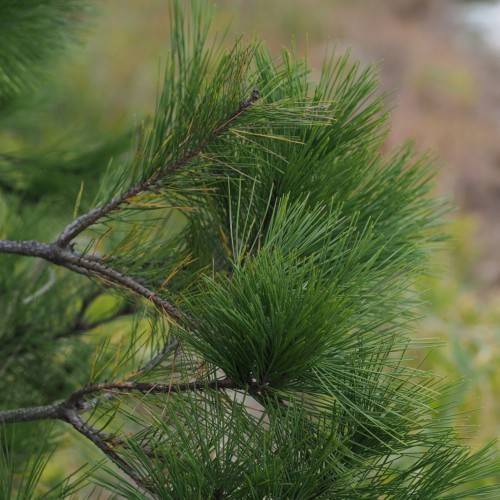
Japanese red pine
Pinus densiflora 'Low Glow'
Cycle:
Perennial
Watering:
Average
Hardiness Zone:
3 - 7
Flowers:
Flowers In Spring
Sun:
Full sun
Soil:
Well-drained
Cones:
Yes
Growth Rate:
Moderate
Maintenance:
Moderate
Drought Tolerant:
Yes
Salt Tolerant:
Yes
Care Level:
Medium
watering
Japanese red pine (Pinus densiflora 'Low Glow') should be watered moderately and regularly. During the growing season (typically spring and summer) water young Japanese red pine trees at least once a week, providing 1-2 inches of water to the root system. During the fall and winter months, reduce watering to once every 2 weeks, or even once a month if weather is particularly dry. Make sure your plant receives additional water if temperatures are hot or the soil stays dry for an extended period of time. Be sure to water around the base of the tree, not the trunk.
sunlight
Japanese red pine (Pinus densiflora 'Low Glow') grows best in direct sunlight and should receive a minimum of 6 hours of sunlight each day. It is not a recommended species for shaded areas. During the summer, this species can tolerate more sunlight, as long as it is given adequate protection from the hottest midday sun. During the winter, this species may benefit from some protection from the coldest afternoon sun. As with all plants, moderation is key. To ensure the health of Japanese red pine, it is important to provide it with an adequate amount of indirect light throughout the day as well.
pruning
Japanese red pine (Pinus densiflora 'Low Glow') should be pruned in late winter or early spring. Pruning should focus on removing dead stems and branches, thinning out overly dense branches, and removing any crossing branches. When pruning this species, use sharp pruning shears and always cut transversely, or straight across the branch. Be sure to remove no more than 25-30% of the live tissue on the tree at any 1 time. When pruning, aim to create a shape that resembles that of an inverted cone. This will help give the tree structure and encourage new growth.
